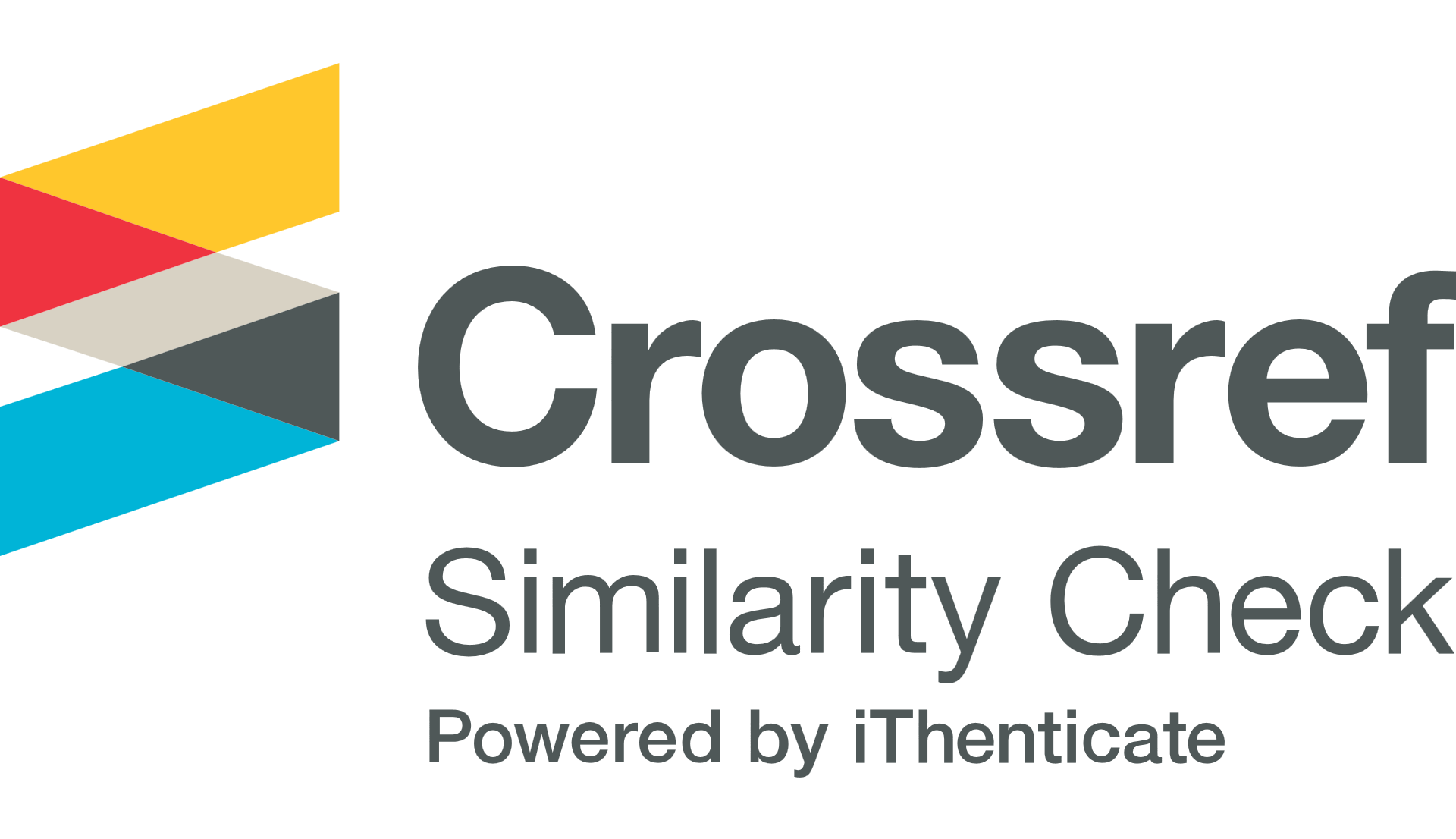MAPPING THE RESISTANCE OF NATURAL SOILS ON THE GROUNDS OF THE TECHNICAL UNIVERSITY OF MANABÍ FOR PAVEMENT DESIGNS
Keywords:
mapping, land, construction, road worksAbstract
DOI: https://doi.org/10.46296/ig.v8i15.0258
Soil behavior is a crucial factor in infrastructure design and construction, as it directly influences stability and load-bearing capacity. In this context, this study aimed to map soil resistance in the premises of the Universidad Técnica de Manabí through key geotechnical tests, including granulometry, Atterberg limits, plasticity index, water content, and dynamic cone penetration (DCP), following SUCS and AASHTO standards. The methodology involved analyzing 17 test pits distributed across the campus, applying the Kriging interpolation method to generate georeferenced maps of the CBR index, SUCS classification, and soil plasticity. The CBR values, obtained from the DCP test and empirical formulas, ranged from 1.38% to 39.01%, with test pits 2 and 4 exhibiting high load-bearing capacity, whereas test pits 14 and 17 presented weak soils. According to the SUCS classification, the predominant soil type was CH (high-plasticity clays), with plasticity indices ranging from 15.28% to 76.47%, indicating the presence of expansive soils highly susceptible to moisture variations. The results highlight the need for stabilization strategies in areas with low load-bearing capacity and high plasticity. Finally, the generated georeferenced maps serve as a valuable tool for planning future road and structural projects, optimizing the design of safe infrastructures.
Keywords: mapping, land, construction, road works.
References
Cascón, J., Ruiz, A., & Quesada, A. (2018). Georreferenciación y publicación web de cartografía antigua en sistemas de información geográficos: requisitos para su evaluación y estudio de caso. Revista General de Información y Documentación, 28(1), 193–212. https://doi.org/10.5209/RGID.60810
Galdámez, E. (2021). CARACTERIZACIÓN GEOTÉCNICA DEL SUELO DEL PARQUE EL CALVARIO, DE LA CIUDAD DE QUETZALTENANGO, PARA ANALIZAR LA FACTIBILIDAD TÉCNICA DE DISEÑAR UN SISTEMA DE INFILTRACIÓN DE AGUA SUPERFICIAL. https://postgrado.ingenieria.usac.edu.gt/
Hernandez, W. M., & Torres, H. L. (2021). Expansión urbana y zonificación de la capacidad portante del suelo en el ámbito periurbano de la ciudad capital del distrito de Catilluc, provincia San Miguel, región Cajamarca 2019. Universidad Privada Del Norte. https://repositorio.upn.edu.pe/handle/11537/27749
Leon, Y. (2020). Influencia del nivel freático en la capacidad portante del suelo en la Urbanización el Golf Primera Etapa, distrito de Víctor Larco Herrera-Trujillo. Repositorio Institucional - UCV. https://repositorio.ucv.edu.pe/handle/20.500.12692/50726
Lozada, P. (2022). Diseño geométrico y estructural de la vía de 5.3 km que une las comunidades Lushanta-ardilla Urku perteneciente a la parroquia San Pablo de Ushpayacu en el cantón Archidona de la provincia de Napo. Universidad Técnica de Ambato.
Morales, G., & Hernández, F. (2023). Mapa georreferenciado para visualizar las capacidades investigativas, científicas y tecnológicas en Venezuela. Observador Del Conocimiento, 8. https://revistaoc.oncti.gob.ve/index.php/odc/article/view/171
Pinheiro, P. G., & Fernandes, S. (2021). Earthworks planning using optimization techniques: literature analysis and solution proposal. http://repositorio.ufc.br/handle/riufc/60836
Solis, O. (2016). Comparación de costos entre métodos convencional de medición topográfica con estación total y fotogrametría, para elaborar estudios de prefactibilidad en el diseño geométrico de carreteras.
Villalobos, F. (2023) Ensayos geotécnicos in situ en profundidad, Google Libros. Available at: https://books.google.com.ec/books?id=Bpm-EAAAQBAJ&printsec=frontcover&hl=es#v=onepage&q&f=false
Regueiro, M. (2021). Para que sirve la geologia. Catarata. https://www.google.com.ec/books/edition/Para_qu%C3%A9_sirve_la_geolog%C3%ADa/NyuYEAAAQBAJ?hl=es&gbpv=1&dq=para+que+sirve+la+geologia&printsec=frontcover
Vera, C. A. M., Delgado, J. R. G., Hernández, E. H. O., & Vínces, J. J. G. (2019). Análisis comparativo de suelo de campo y laboratorio para la medición de su capacidad portante con ensayos de Valor de Soporte de California (CBR) y Cono Dinámico de Penetración (DCP) en la Universidad Técnica de Manabí.
Webster, S. L., Grau, R. H., & Williams, T. P. (1992). Description and Aplication of Dual Mass Dynamic Cone Penetrometer. Vicksburg, Mississippi: US Army Corps of Engineers, USAE Waterways Experiment Station, Geothecnical Laboratory.
Published
How to Cite
Issue
Section
License
Copyright (c) 2025 Scientific Journal INGENIAR: Engineering, Technology and Research

This work is licensed under a Creative Commons Attribution-NonCommercial-ShareAlike 4.0 International License.

















